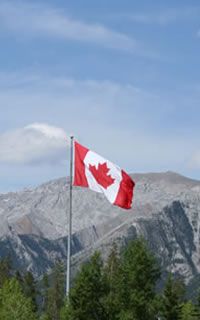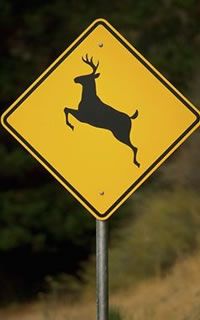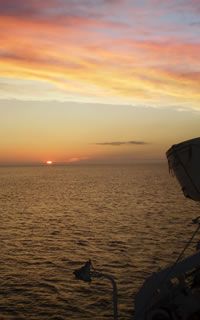About Canada
Canada consists of 10 provinces and 3 territories and covers 9,984,670 square kilometres.
Canada enjoys the 4th lowest population density in the world.
Canada is located north of the 49th parallel.
Canada Seasons
Canada is fortunate in that it enjoys four distinct seasons.
Spring Season
On the west coast of Canada the spring season generally begins in February. The rest of the country usually begins to see the signs of spring in April. Spring lasts until late May.
Summer Season
Canada Weather
Canada enjoys the best of both worlds when it comes to weather. Our summers are generally hot and sunny and our winters are rainy, foggy, windy, cold and snowy. There is no hiding it and why should we? The hot summers and snowy winters provides Canadians with two exciting adventure seasons. How hot and how cold depends on where you are in Canada, the time of the year and what activities are you enjoying.
the hottest regions in Canada during the summer are in the southern regions of Alberta, Saskatchewan and Manitoba... and in the central interior of British Columbia. Temperatures reach highs of mid 30 to 40+ degrees Celsius. Peak months are June, July and August.
the coldest regions in Canada during the winter are in the Northwest Territory, the Yukon Territory and Nunavut. Temperatures can reach as low as -40 to -60 degrees Celsius. Peak months January, February and March.
Canada Travel by Road
Road travel in Canada is a great way to explore the country in every season. There are highways, secondary roads, ice roads and gravel roads.
Highways
The main paved highway in Canada connecting east to west is the Trans Canada Highway (Hwy #1). In many cases it is the fastest way to get from A to B. Throughout the country there are many smaller, secondary highways which connect to and from the Trans Canada Highway. The speed limit on the Trans Canada varies, in most cases, from 80 to 110 kilometres an hour. Within city limits the speed limit drops to 30 to 60 kilometres an hour.
- wearing a seatbelt is the law when traveling on Canadian roads.
- there are heavy fines for littering on Canadian highways.
- always drive with your lights on.
- pull over at pull outs and let cars pass when a line up cars are behind you.
- there are rest stops located along the major highways in Canada.
- always pay attention to signs on the highway.
- only pass on dotted yellow lanes or while in designated passing lanes.
- slower vehicles always travel in the right lane.
- must stop when school bus lights are flashing and children are crossing the street.
- pull over for emergency vehicles.
Canada Travel by Ferry
Ferry travel in Canada is an important mode of transportation for many communities in Canada. Ferries cross rivers, lakes and oceans in order to connect roads and communities. Ferries are sometimes the only mode of transportation connecting communities to the mainland.
Ferries come in various sizes and quality. There are small cable ferries and there are large commercial ferries. In most cases passengers stay in their vehicles when traveling on many of the smaller ferries with the shorter routes. However, on the larger ferries passengers move to the upper decks during travel times. In actuality, passengers are not permitted on the car decks (safety regulations) of the larger ferries while in transit.
The upper passenger decks on the larger ferries include such extras as front and rear seating areas, lounges, washrooms, passenger viewing decks, internet, coffee shop, restaurant, gift stores, games room and playrooms. On the extra long ferry routes, where over night travel is required, there are sleeping quarters and possibly a theatre room.
Depending on the size of the ferry, the ferry route and the weather conditions - the crossing time for some of the smaller ferries can take as little as 15 minutes to as long as 10 hours on some of the longer routes.
Canada Boarding Crossings
Along the international boundary between Canada and the United States are a series of boarder crossings for vehicles and foot passengers.
Identification
All travel between Canada and the USA requires identification. A passport is the most effective identification for crossing borders minimizing delays and wait times. Border crossing rules and regulations are always changing so we would therefore recommend checking with the Canada Border Services for updated regulations.
Travel Tips
Canada Travel by Air
Air travel in Canada requires preparation and understanding of the rules and regulations so to avoid any unnecessary delays at the airports. Every province and territory in Canada has a major airport. Most communities have access to a regional airport. And some remote destinations maintain an air strip. The 5 busiest major airports in passenger travel in Canada are located in Toronto, Vancouver, Calgary, Montreal and Edmonton.
Identification
All air travel in Canada requires some level of identification. For domestic flights government issued identification is accepted only. Identification requested is either, one piece of ID with a picture or two pieces of ID with no no picture. For international travel we would recommend a valid passport so to minimize any delays and any unnecessary inconveniences.
No Fly Items







